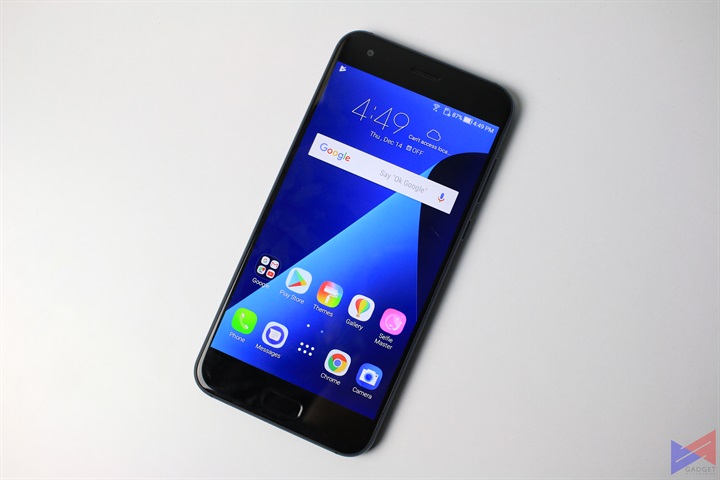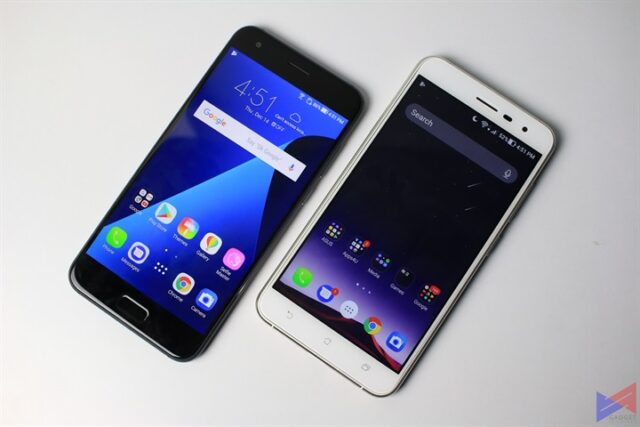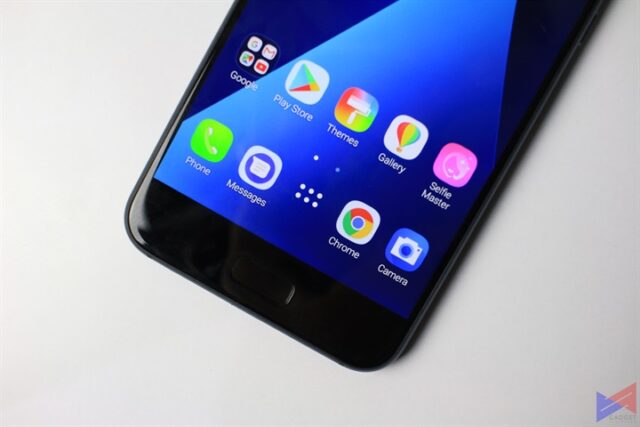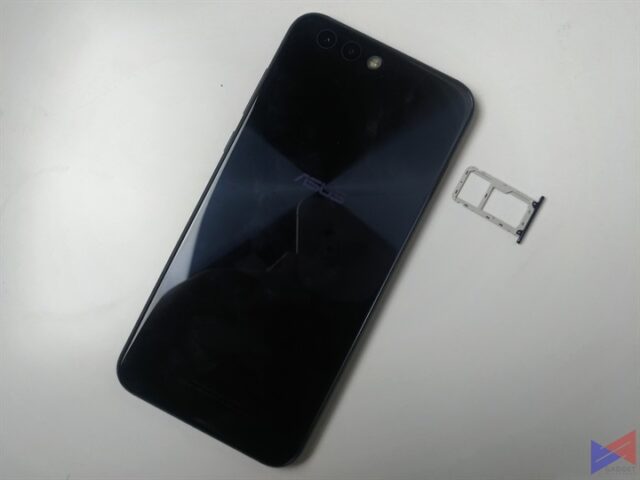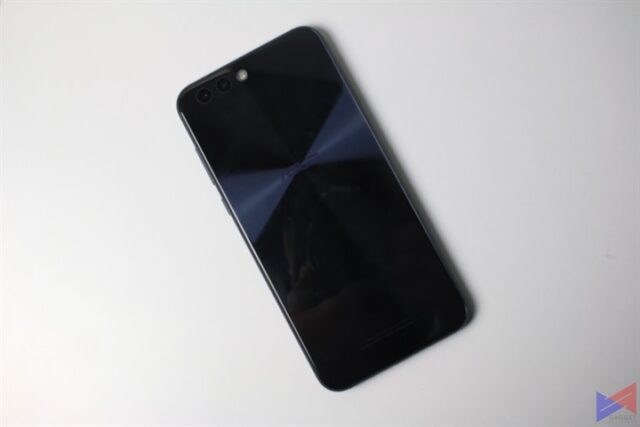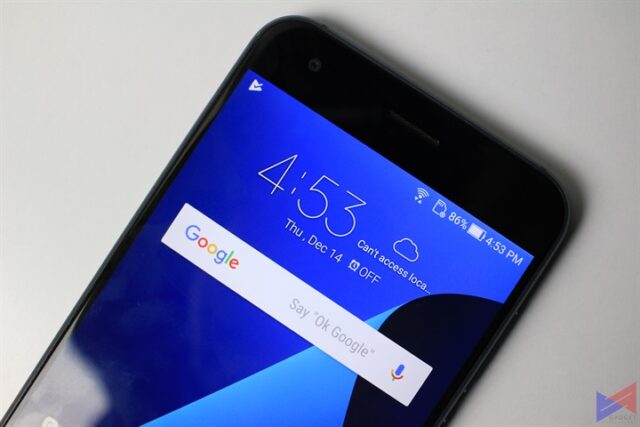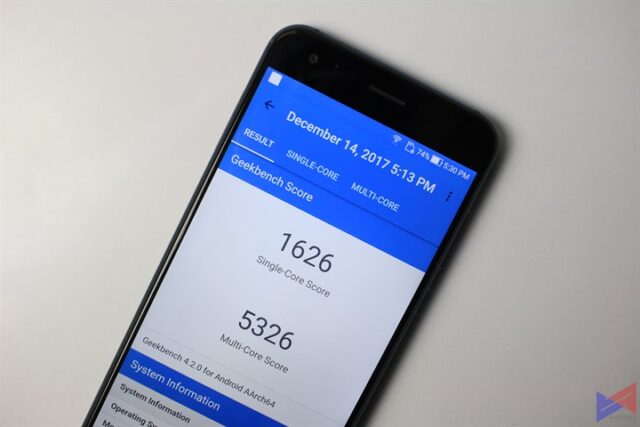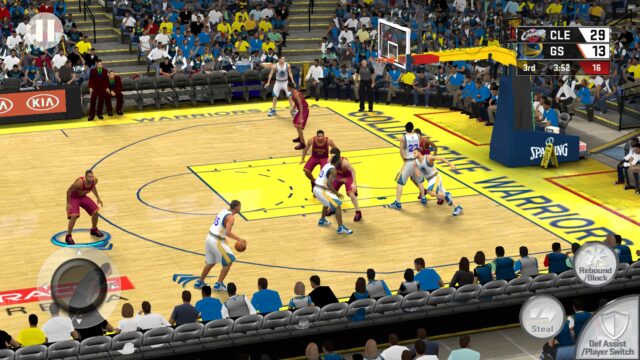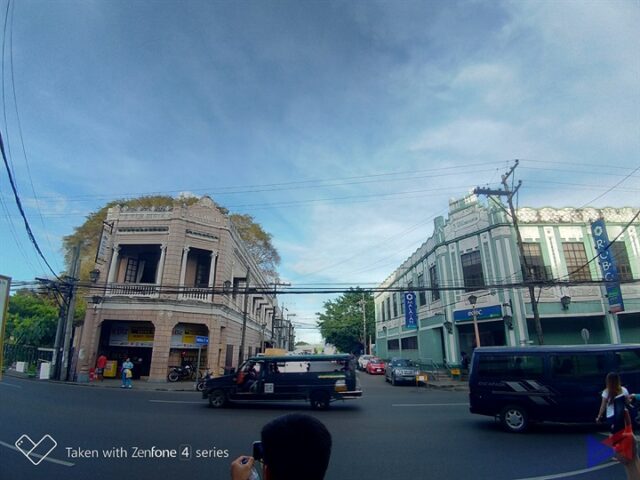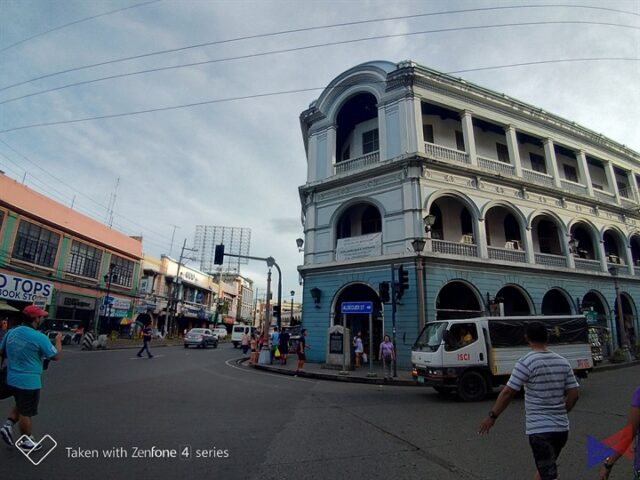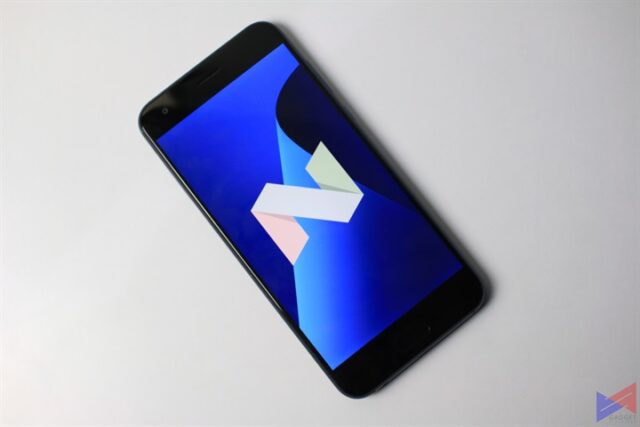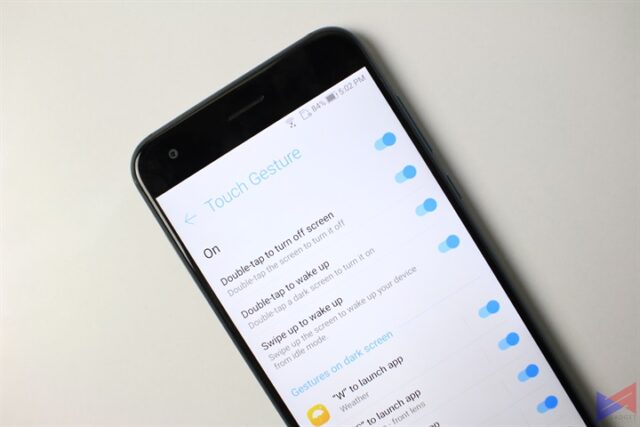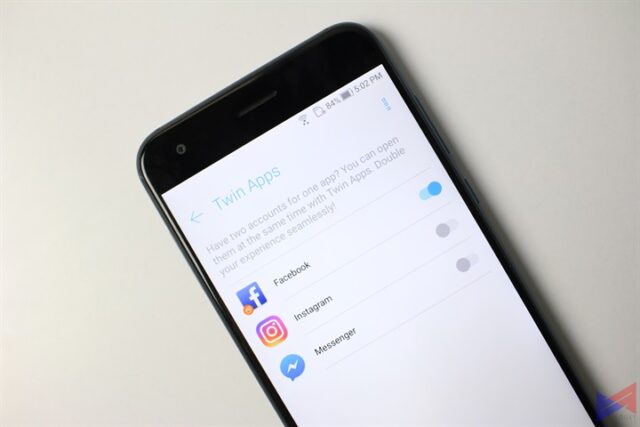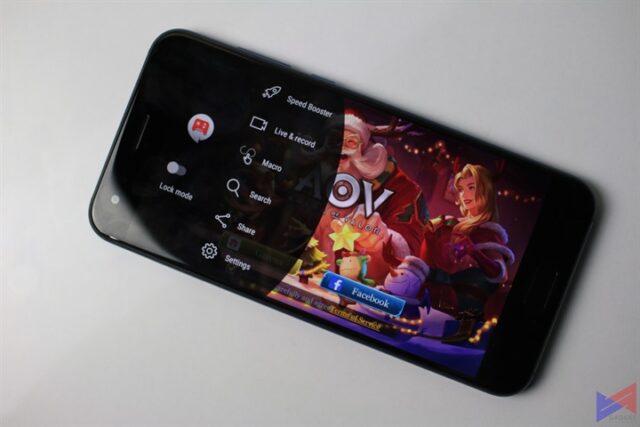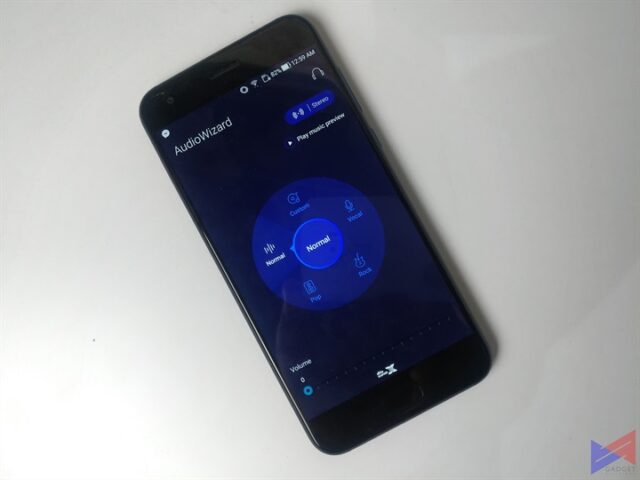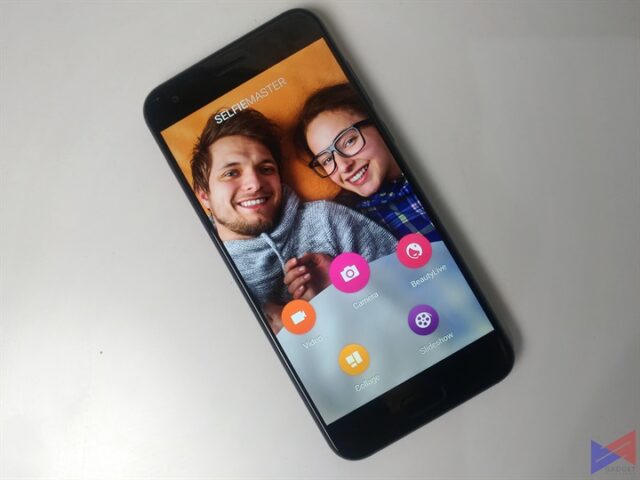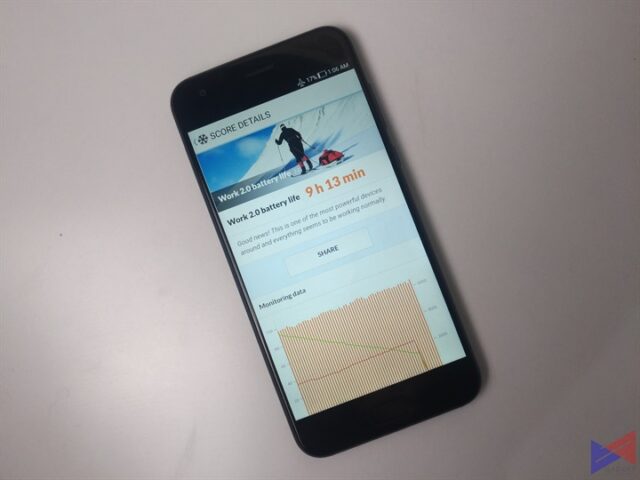The Zenfone 4 is the latest iteration in ASUS’ famous Zenfone line. Following the success of its predecessor, it’s now more powerful than ever with the new Qualcomm Snapdragon 660 processor and 6GB of RAM.
Another notable upgrade from the Zenfone 3 is the dual cameras at the back. The addition of a wide-angle lens gives you more flexibility when taking photos. It now also has portrait mode, which lets you apply the depth of field effect to your shots.
ASUS Zenfone 4 Specs
- Qualcomm Snapdragon 660 octa-core processor
- 6GB of RAM, 64GB of internal storage expandable via microSD card (up to 2TB)
- 5.5-inch Full HD SuperIPS+ Display, 2.5D Gorilla Glass Protection
- Rear Camera: 12MP (Sony IMX362, f/1.8) + 8MP (120° Wide-Angle)
- Front Camera: 8MP (f/2.0)
- OIS, EIS, Dual Pixel PDAF, 4K UHD (30 fps) and Slow Motion Video Recording (Full HD 120 fps, HD 240 fps, Original Full HD 120 fps)
- NFC
- USB Type-C
- DTS Headphone:X
- ZenUI 4.0 on top of Android Nougat
- 3,000mAh battery with ASUS BoostMaster fast charging
Design and Build Quality
In terms of design, the Zenfone 4 is in most ways, a properly refined version of the 3. With a smaller footprint, it’s now easier to hold with one hand.
The home button is has been changed into a fixed mechanism that houses the fingerprint sensor. And while it’s not hard to adjust to it, coming from the 3, I still prefer it to be at the rear.
The Zenfone 4 still sticks to a Hybrid SIM tray, which is personally okay with me, but triple slot trays should be a standard these days. Unless it’s a design limitation, I can’t think of any reason why you should sacrifice a SIM slot for your microSD card.
The back of the phone still looks like a pebble, a shiny one, which is how the entire Zenfone series was inspired in the first place. They’ve also removed that annoying sticker which sort of ruined the design of the 3, very nice.
I do suggest using the clear case that comes with the phone, as the back is very slippery. In fact, our review unit fell twice in separate occasions. Let’s call that a drop test, and the Zenfone 4 Passes with flying colors.
Like in the Zenfone 3, the 5.5-inch super IPS+ display of the Zenfone 4 still runs on Full HD resolution, and exhibits good color reproduction. It’s not as vibrant as the 3, but it’s hard to tell unless you put them side by side.
Performance
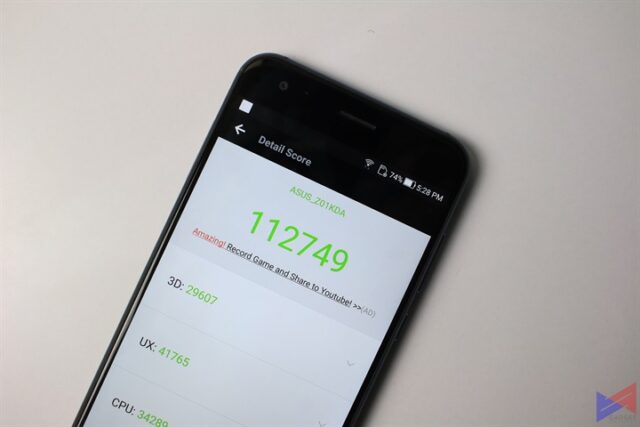 With the new Snapdragon 660 processor and 6GB of RAM at your disposal, multi-tasking is generally a breeze. As far as the usual daily activities are concerned, this phone is as good as a daily driver could get.
With the new Snapdragon 660 processor and 6GB of RAM at your disposal, multi-tasking is generally a breeze. As far as the usual daily activities are concerned, this phone is as good as a daily driver could get.
Gaming performance is impressive as well. Arena of Valor runs smoothly, so as NBA 2K17 at medium to high settings.
The new processor seems to be very good at managing temperatures as well, as there was no sign of throttling or excessive heat buildup during my gaming test.
Camera
Mostly impressive. That’s how I would describe the Zenfone 4’s rear cameras. The amount of detail that it captures, the clarity, and how accurate the colors come out. Add to that, a certain depth to shots without even turning portrait mode on.
With the wide angle lens, I was able to captures some decent street photos. I really don’t dig the curved sides, but I can see why it’s there, and that sometimes, it actually makes the photos look better.
Portrait mode works wonders for both the front and rear cameras, applying just the right amount of blur to the background. I do wish you can increase or decrease the intensity of the bokeh effect though.
Software
The Zenfone 4 runs on ZenUI 4.0, which introduces a simpler and more minimal look. One thing I noticed about this new version is that there’s less bloatware than before, which is a good thing, considering that it still uses half of the available RAM on idle.
To me, ZenUI is all about making your phone more personal, and the new version still has those options. The ability change the color temperature of the display, the number of icons in your homescreen, double tap to sleep and wake, and many more.
There’s Twin Apps, which lets you login to two separate accounts with one social media app such as Facebook. Very handy for tracking both your business and personal pages without the need for another device.
The Game Genie app lets you record gameplay, take screenshots, and block notifications when gaming. You can free up resources for optimal gaming performance, and instantly look up tips and topics to improve your gameplay. I personally don’t use this feature very often, but I can see how this would benefit hardcore gamers.
For music lovers, there’s still the handy Audio Wizard app, which lets you tweak the sound signature according to your preferences.
Finally, there’s the Selfie Master app, which serves as a central hub for doing livestreams, and organizing your media. It has for example, the BeautyLive app, which lets you apply beautification effects even in the middle of a livestream.
Battery Life
With light to moderate use, the Zenfone 4 will last you at least a whole day before running out of charge.
Verdict
The ASUS Zenfone 4 is i’d say, a worthy upgrade to its predecessor. It’s got a more refined design, outstanding build quality, great performance throughout, mostly impressive optics, and great battery life. Oh, and it doesn’t need an 18:9 display to look good.
So with all of this, why isn’t this phone as popular as the likes of the OPPO F5, the Huawei Nova 2i, or the Vivo V7+? It’s the price – PhP28,995. That’s crossing flagship territory. Even for all the goodies that it offers, that price is simply too close to the likes of the OnePlus 5T, or the Nokia 8, which offer far better specs and value for money.
Had it not been for its outrageous pricing, the Zenfone 4 would’ve been a serious contender to beat in the mid-range segment – where it actually belongs. The hype’s long gone, and all that’s left is a lesson to be learned.
Emman has been writing technical and feature articles since 2010. Prior to this, he became one of the instructors at Asia Pacific College in 2008, and eventually landed a job as Business Analyst and Technical Writer at Integrated Open Source Solutions for almost 3 years.

